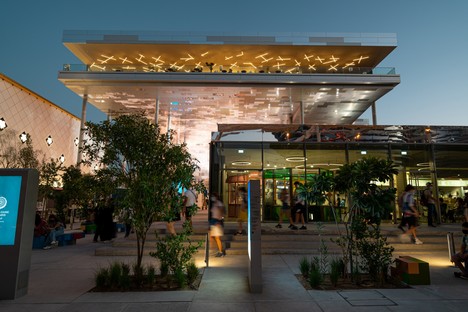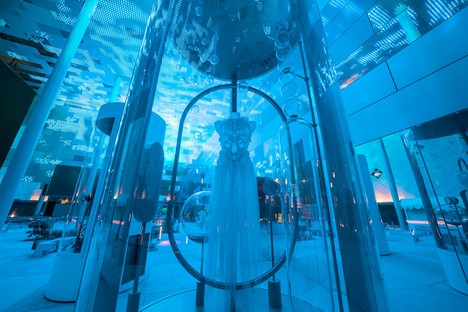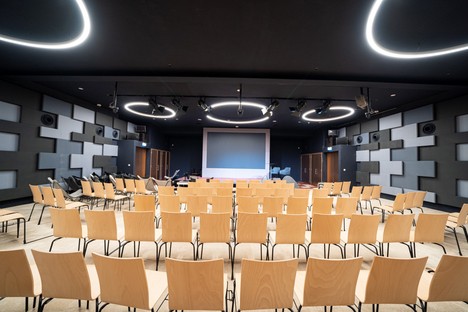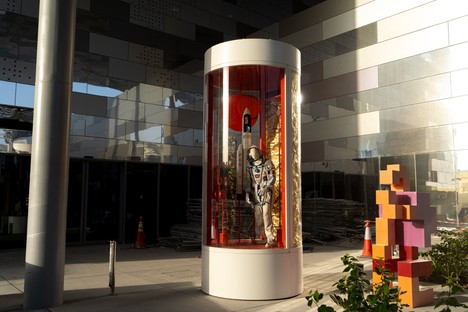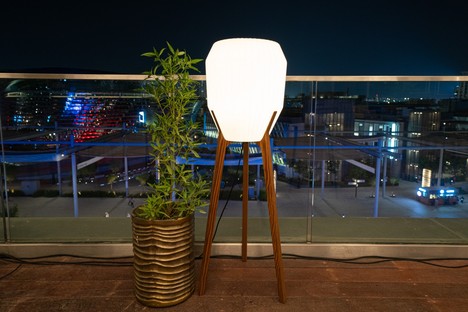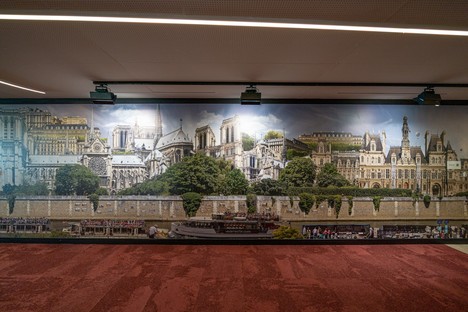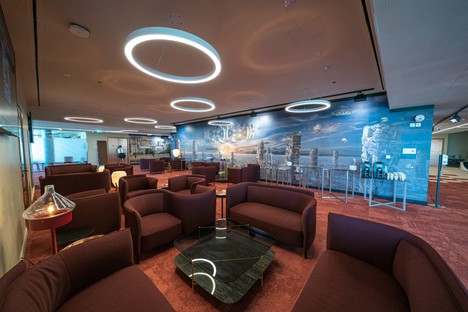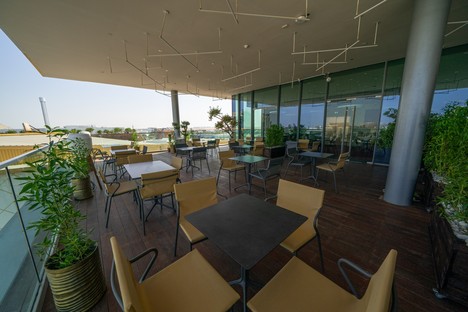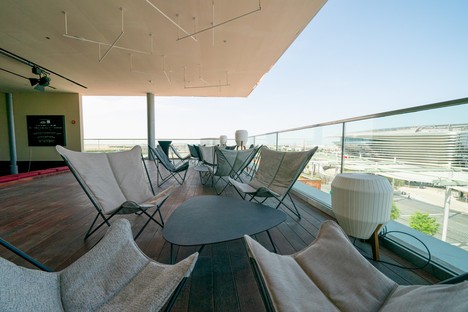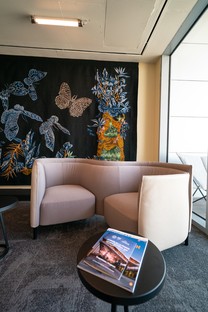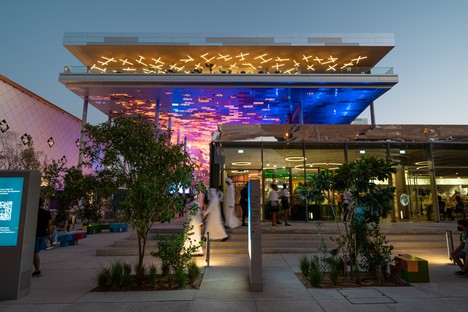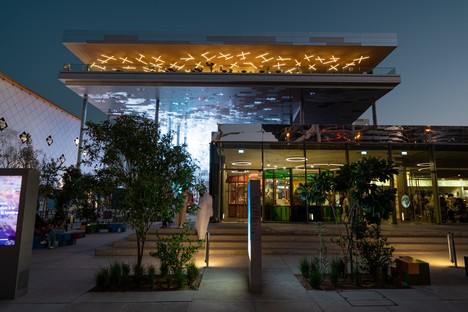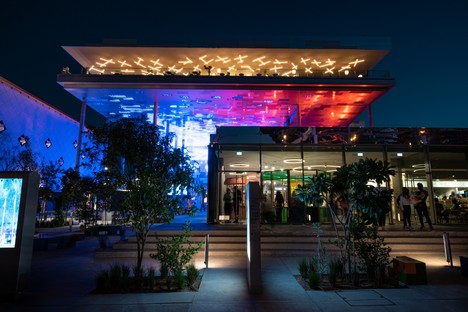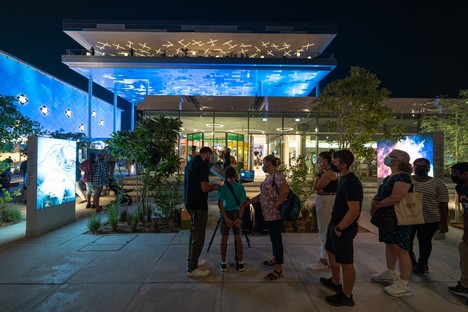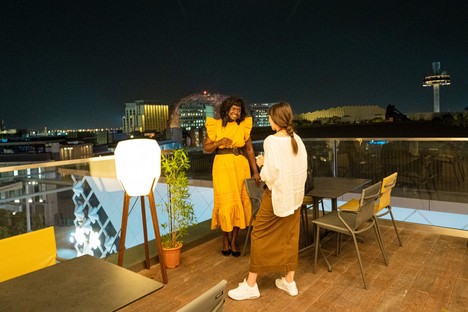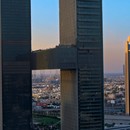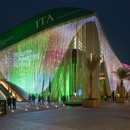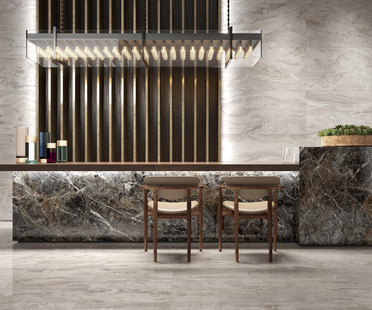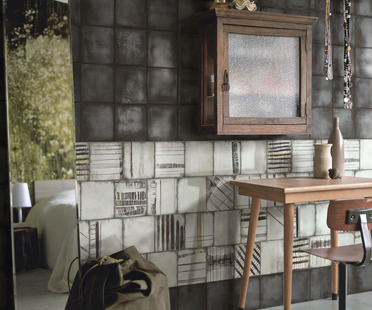01-11-2021
The "lumière" of the French Pavilion at Expo Dubai 2020
Celnikier & Grabli Architects, Atelier Perez Prado,
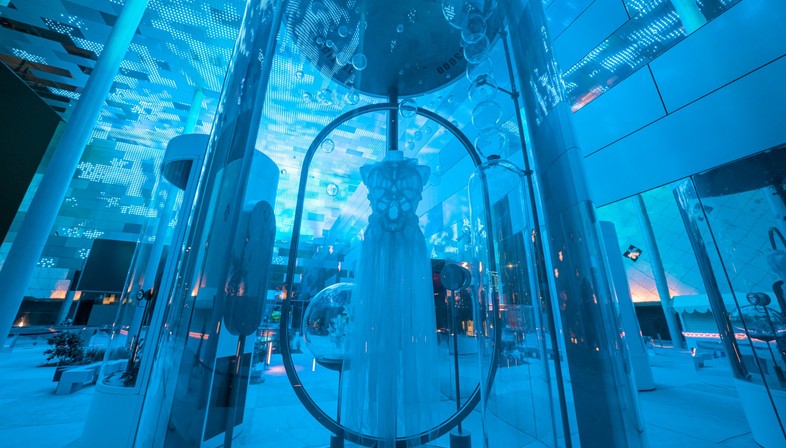
The Expo Dubai 2020 "Connecting Minds, Creating the Future" exhibition is a historic edition of the event. In fact, it is the first universal exhibition organised in the MEASA region (Middle East, Africa and South Asia), coinciding with the 50th anniversary of the foundation of the United Arab Emirates (1971-2021). What's more, as a result of the Covid-19 crisis that has spread and changed the world over the past two years, it is also the first in the history of universal expos to be stopped and then rescheduled to the following year due to a pandemic. On Floornature, we have been taking a close look at some of the most interesting pavilions of the Expo. Our attention was certainly captured by the "light" theme of the French pavilion, summarised in the title "Inspiration à la vitesse de la lumière" or, in English, "Lightspeed Inspiration".
France's main architectural theme – that of light or "lumière" to use the French term – takes on different forms to welcome visitors and guide them through the pavilion, in an experience of discovery and knowledge of the country, its innovations, its talents and its resources. It is a "source of escape": the design of the French Pavilion is accentuated by light shows that capture the attention of both children and adults alike. It is also a "source of reflections", with a precise and direct reference to the history of France and the Age of Enlightenment, where light is the guiding element and the source of progress. To this end, the Declaration of the Rights of Man and of the Citizen ("Déclaration des droits de l'homme et du citoyen"), which defined individual and collective rights during the French Revolution, is exhibited for the first time outside France. A universal and far-sighted text, written in 1789, which is the basis of modern democracy and of the sharing of ideas and knowledge.
The French pavilion was designed by the Atelier Perez Prado and Celnikier & Grabli Architects studios.
Inspired by the history of the large pavilions conceived for Universal Expos and international events over the years, the architects have designed what they refer to as an "architectural device". Indeed, the intent was to go beyond the usual boundaries of a building, merging matter and light. The pavilion is entirely covered with a metal skin covered with LEDs: "a garment of light" that receives and emits images throughout the day and the seasons. At the same time, the architects have created a "common shelter", a place that protects visitors from the high desert temperatures, even while they are queuing in the flat area in front of the pavilion waiting to enter it.
The 21-metre-tall building is organised on two levels. The ground floor, which can be accessed by everyone, offers an experiential and immersive path allowing all visitors to discover "l'art de vivre à la française" (the French art of living), the culture, the country's talents and its innovations concerning the 17 goals set for Sustainable Development. The upper floor of the pavilion, on the other hand, is reserved for professional and event programming: screenings, mini-exhibitions, debates and workshops which, again, are all centred around the 17 objectives of the 2030 agenda.
The pavilion structure, which meets the Gold requirements of the LEED certification rating system, can be fully disassembled and several possible reuse options are currently being studied. From an energy point of view, the pavilion produces 60% of the energy it consumes and various initiatives have been taken to contain the consumption of drinking water, as well as to recycle more than 85% of the waste produced.
(Agnese Bifulco)
Images courtesy of Pavilion France photos by Guillaume Argento
Architects: Atelier Perez Prado + Celnikier & Grabli Architects
Location: Dubai, UAE










